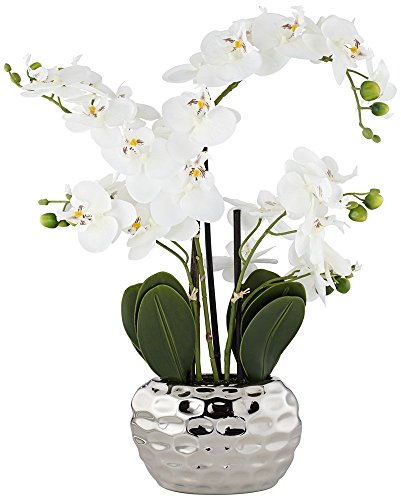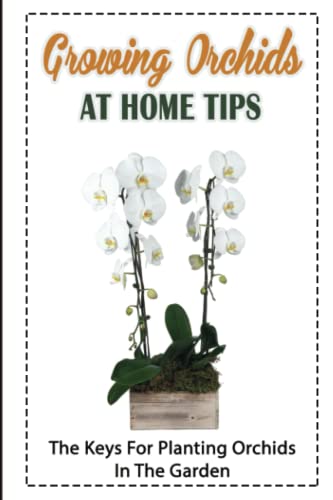Perhaps I should add my experiences to this as well? I used k-lite solely at a concentration of 3-400ppmTDS (I am fertigating i.e. this concentration in all water) for a whole season and got good results except for the leaves gettingincreasingly yellowish.
Next year I intermixed with an urea foliar feed 50:50 at approximately same TDS (300ppm) and the leaf colors improved.
Then I decided to go for the foliar feed only(not as foliar feed but in the water) at approximately 100ppmTDS (gives some 20ppm N most urea) with Ca and Mg additions and frankly not much of a difference but perhaps a bit healthier plants?
Id did feel that the supply of some essential micros was getting a bit low, so this season I decided to make my own mix that had no urea, but loads of ammonium, a bit more potassium than k-lite but with an entirely different micro make up. E.g. Manganese is four to five times higher than in k-lite.
I am feeding now at approximately 60ppm TDS (5-10ppm N) and things have never been as trouble free and seemingly growing well. i must admit that I am using kelp additionally, perhaps once a month.
In my opinion, k-lite was a leap forward, but suffered from two weaknesses. Too litttle ammonium/urea and the micros are not sufficient or correctly balanced for paphs. Particularly manganese and boron could well be higher in my opinion. The most important outcome from my growing is perhaps the recognition (and this should be obvious, the plants are from nature accomodated to this) that orchids only need tiny amounts of fertiliser, if any, except what comes from the water. Barndom Tam from the Huntington collection wrote that they only feed with Ca-nitrate additional to what is in their water. And nobody can tell that they do not produce nice plants? Of course they could be blessed with good water, and those of you that use RO or distilled water should pay some extra attention to the micros. Most mixes have not a particulaly wide range of micros and that is one of the reasons why eg kelp is so beneficial, but generally the plants are better of with a low dose. Fertilise very weakly -always.
Next year I intermixed with an urea foliar feed 50:50 at approximately same TDS (300ppm) and the leaf colors improved.
Then I decided to go for the foliar feed only(not as foliar feed but in the water) at approximately 100ppmTDS (gives some 20ppm N most urea) with Ca and Mg additions and frankly not much of a difference but perhaps a bit healthier plants?
Id did feel that the supply of some essential micros was getting a bit low, so this season I decided to make my own mix that had no urea, but loads of ammonium, a bit more potassium than k-lite but with an entirely different micro make up. E.g. Manganese is four to five times higher than in k-lite.
I am feeding now at approximately 60ppm TDS (5-10ppm N) and things have never been as trouble free and seemingly growing well. i must admit that I am using kelp additionally, perhaps once a month.
In my opinion, k-lite was a leap forward, but suffered from two weaknesses. Too litttle ammonium/urea and the micros are not sufficient or correctly balanced for paphs. Particularly manganese and boron could well be higher in my opinion. The most important outcome from my growing is perhaps the recognition (and this should be obvious, the plants are from nature accomodated to this) that orchids only need tiny amounts of fertiliser, if any, except what comes from the water. Barndom Tam from the Huntington collection wrote that they only feed with Ca-nitrate additional to what is in their water. And nobody can tell that they do not produce nice plants? Of course they could be blessed with good water, and those of you that use RO or distilled water should pay some extra attention to the micros. Most mixes have not a particulaly wide range of micros and that is one of the reasons why eg kelp is so beneficial, but generally the plants are better of with a low dose. Fertilise very weakly -always.





































